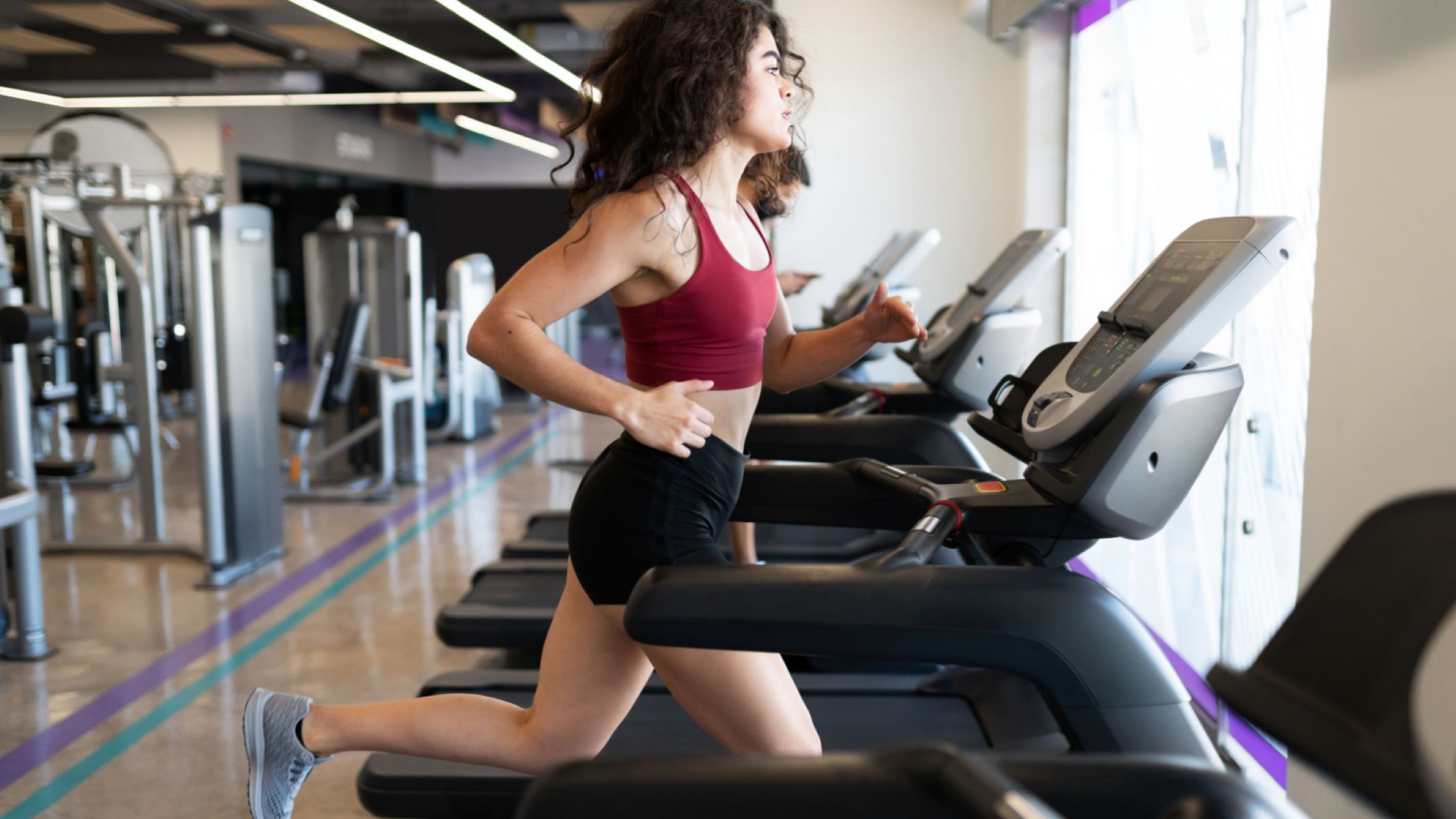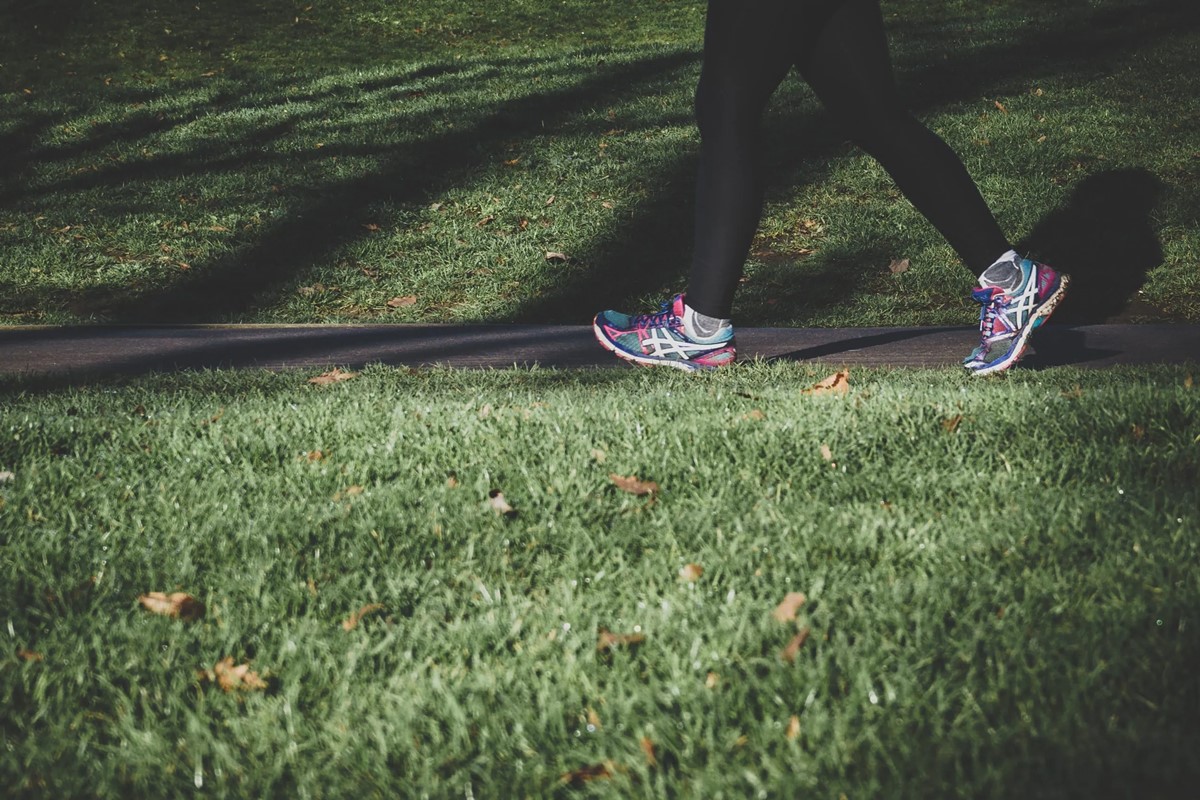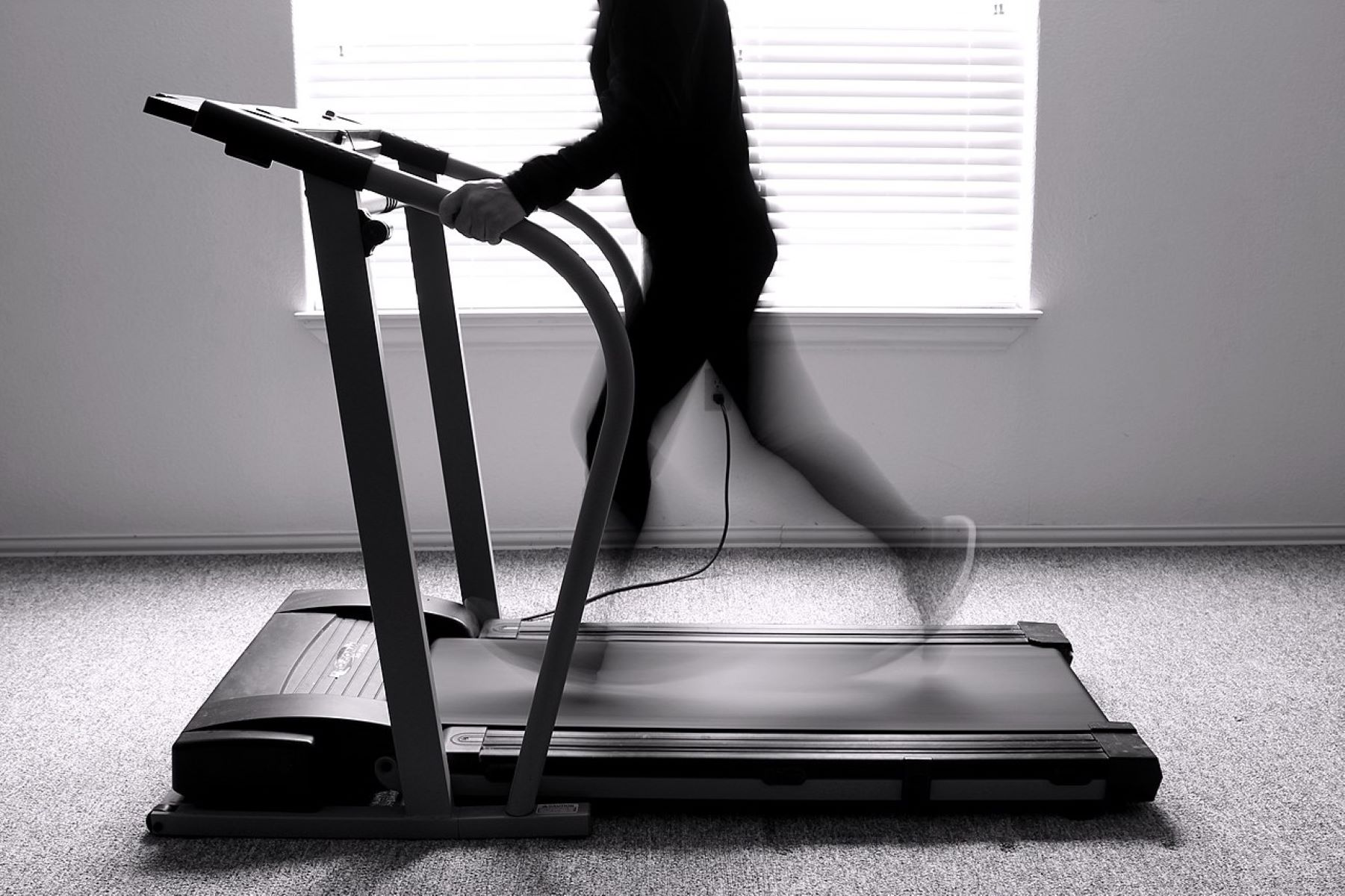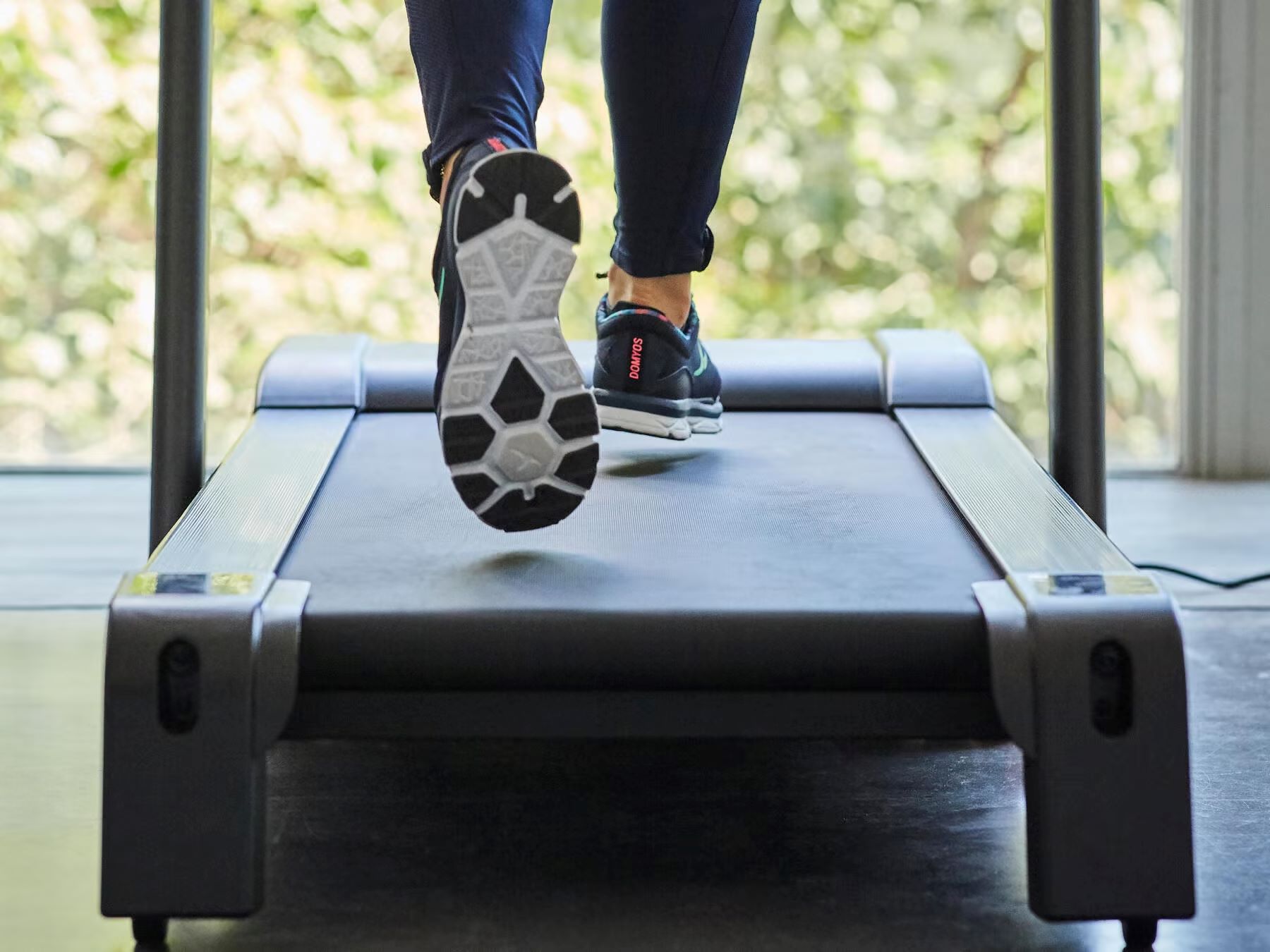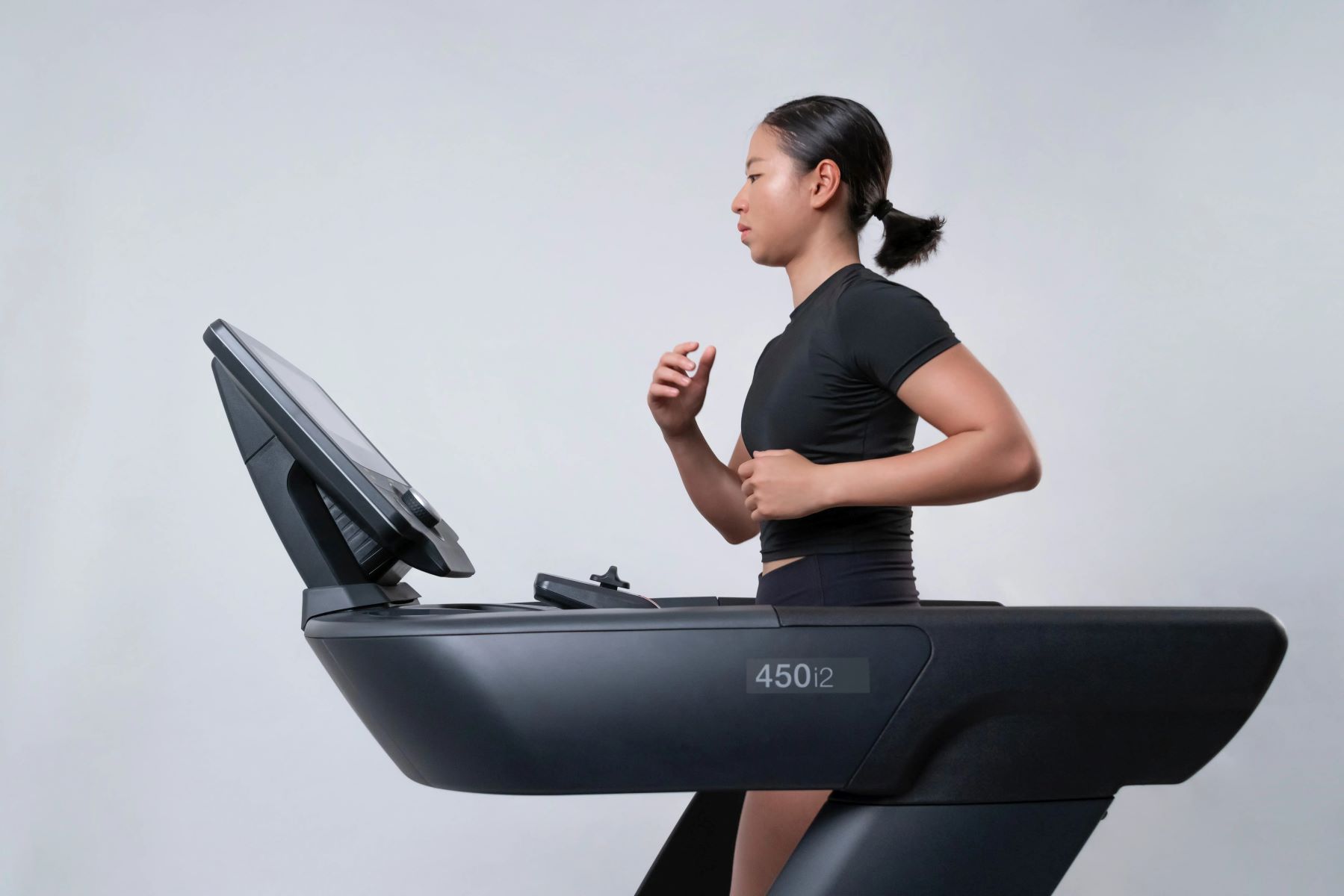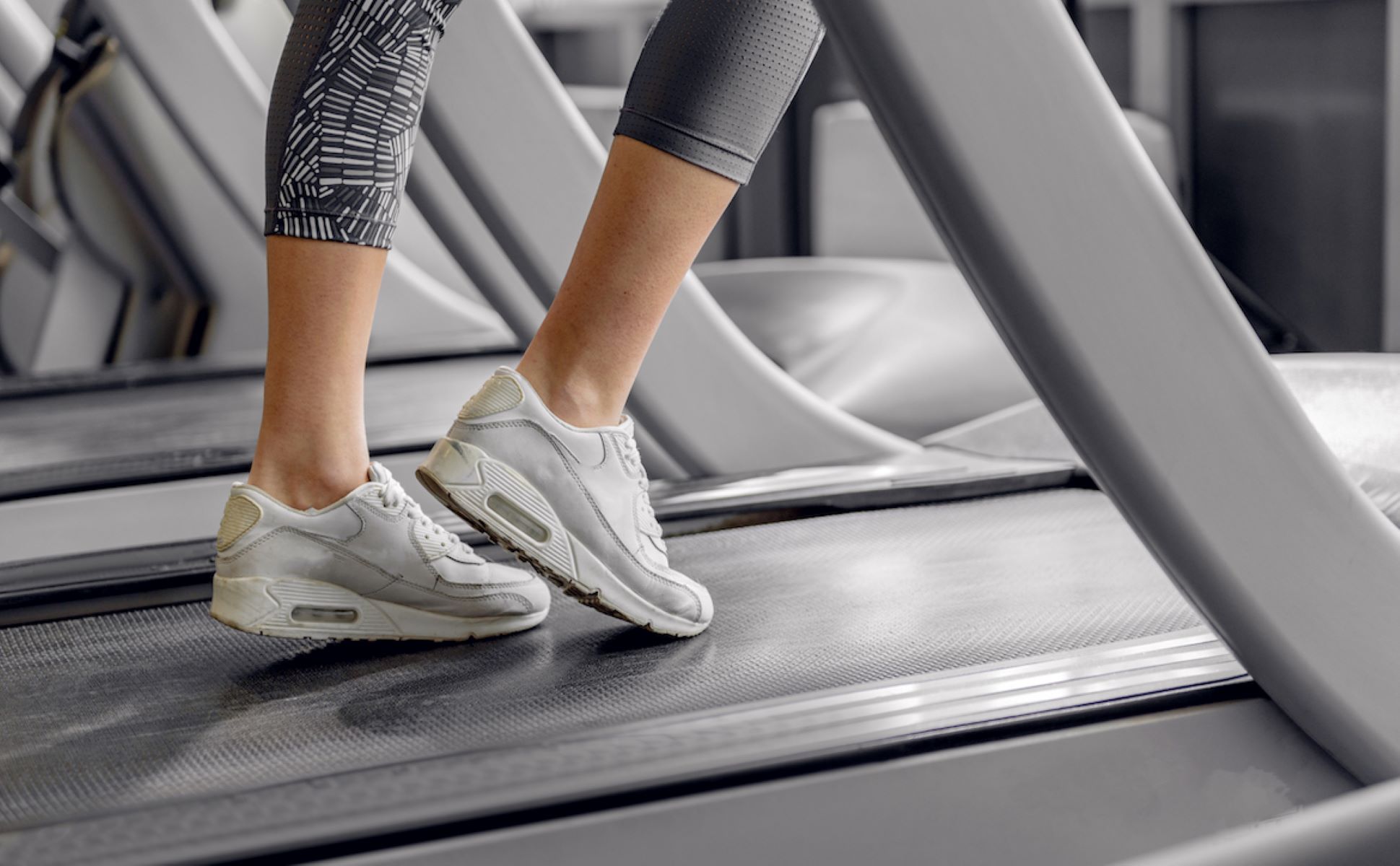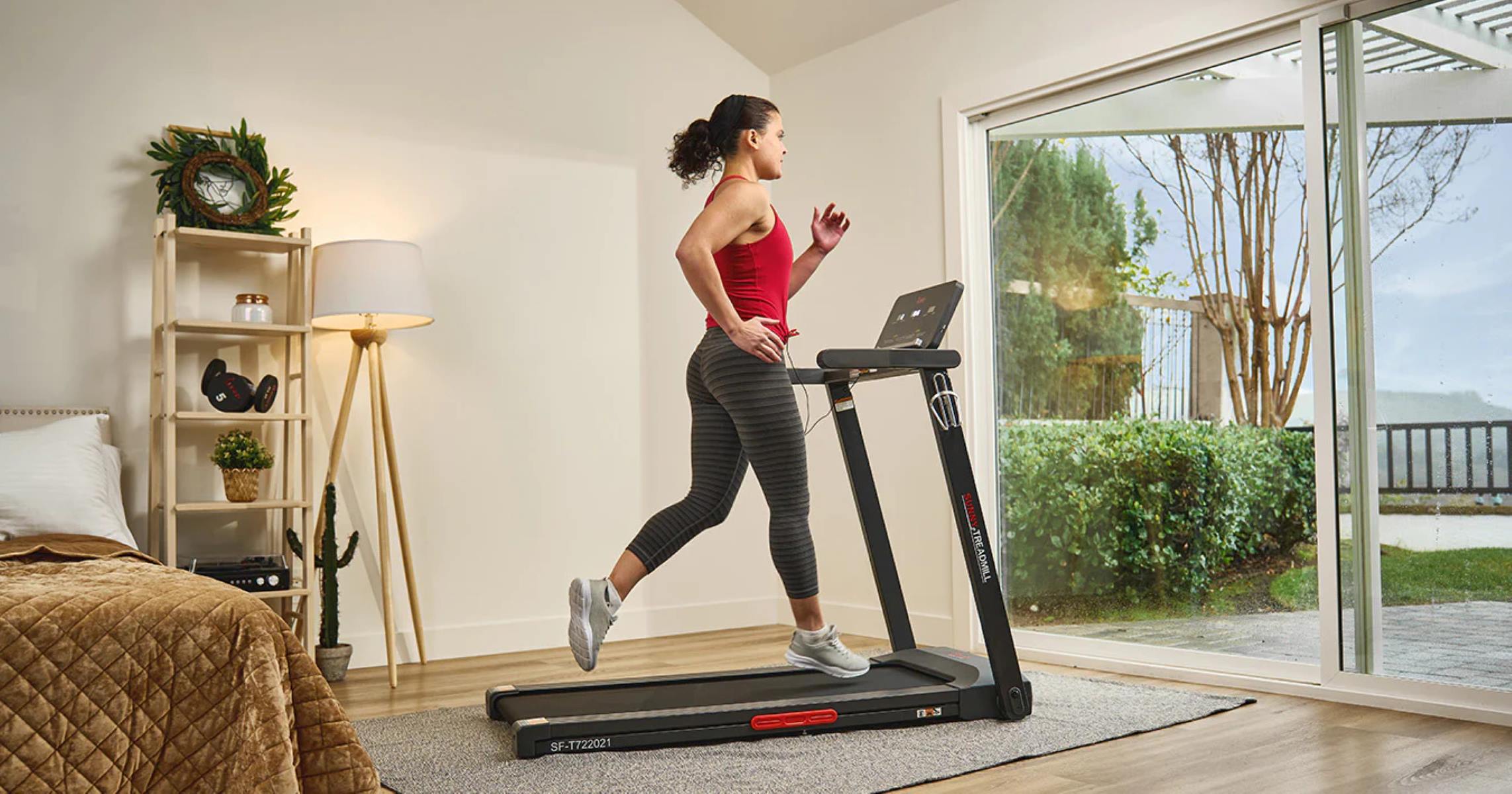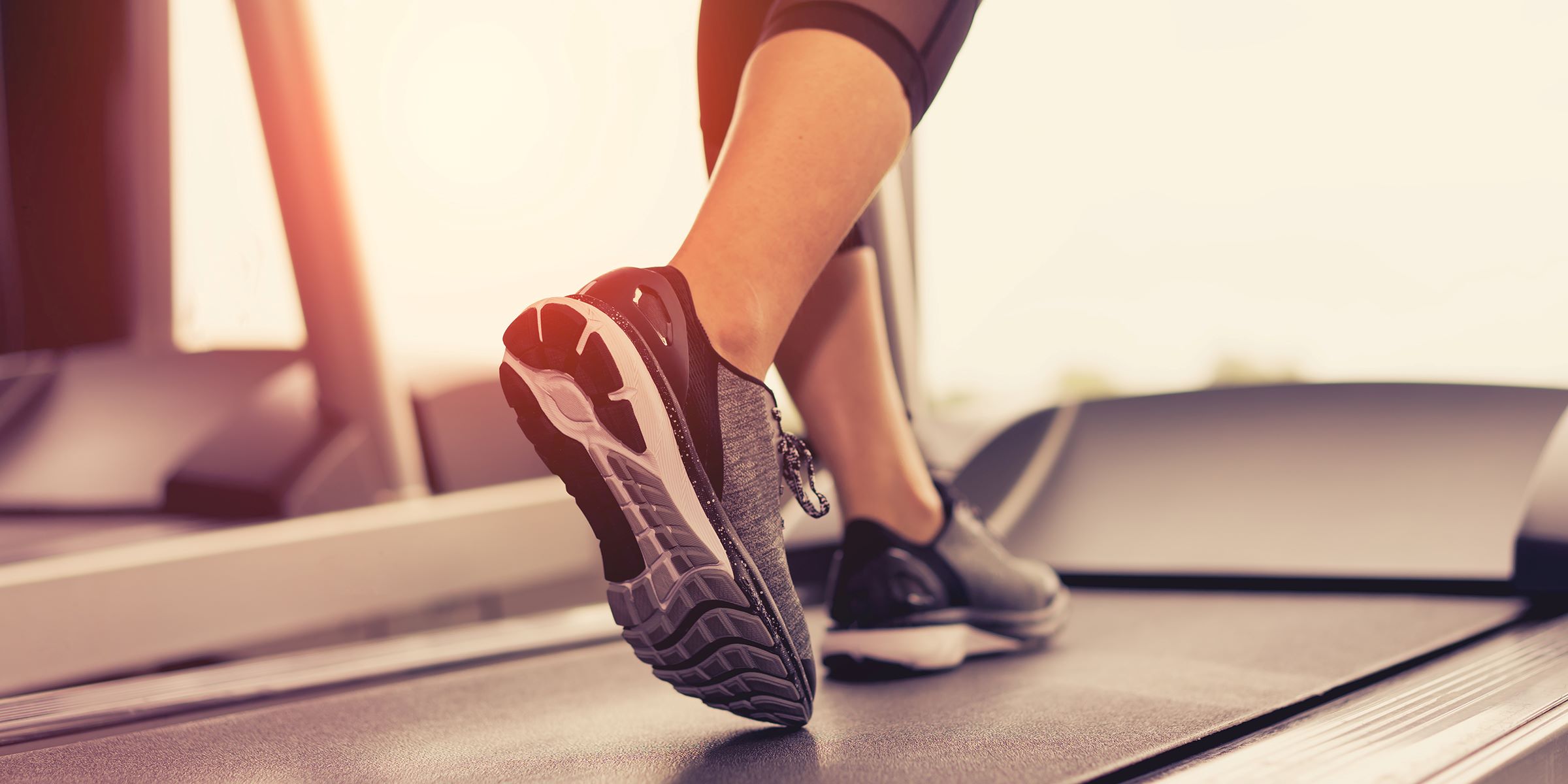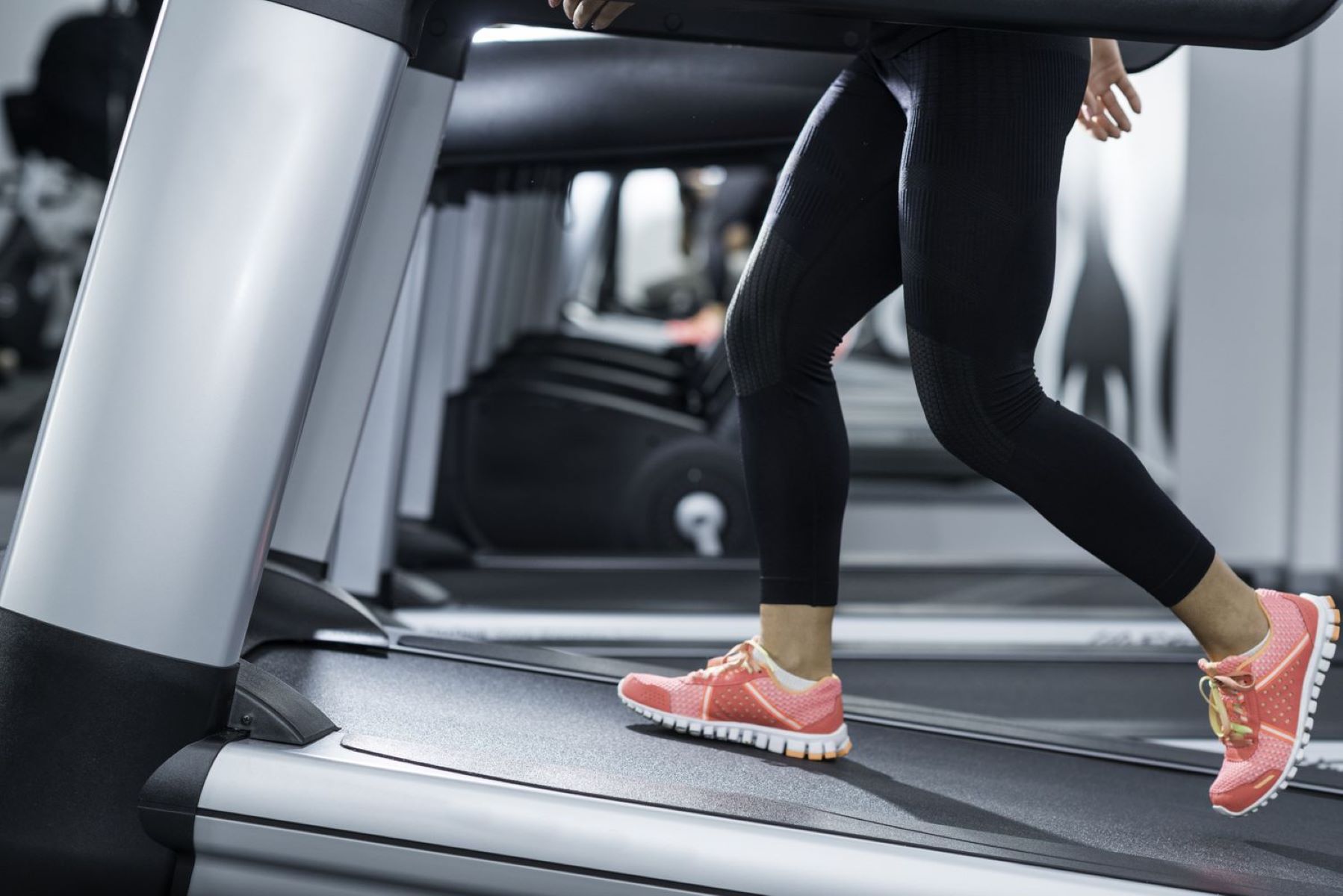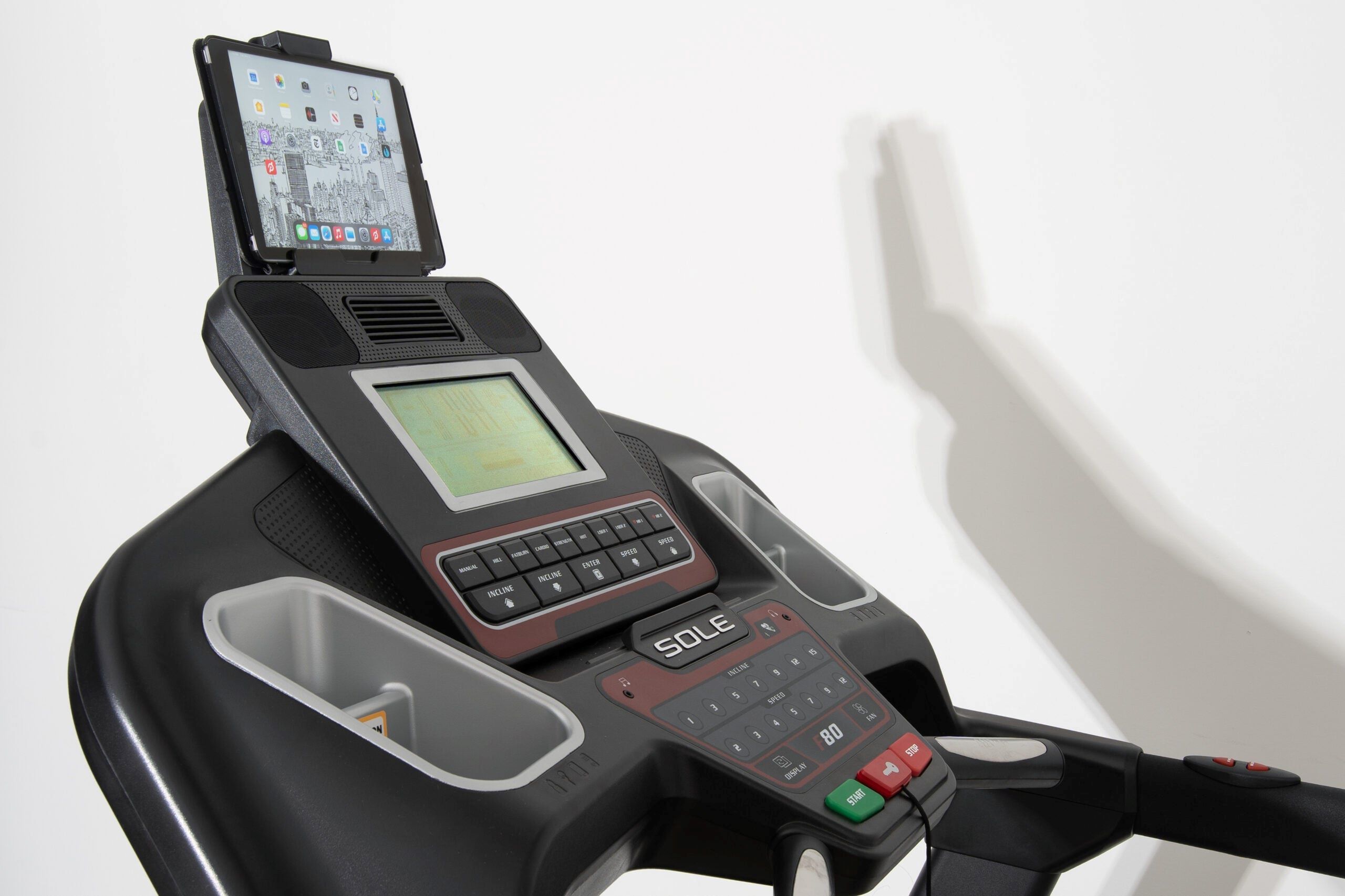

Featured
How Long Is 3 Miles On A Treadmill
Modified: January 2, 2024
Discover how long it takes to run 3 miles on a treadmill and improve your fitness with our featured tips and tricks.
Introduction
Welcome to the world of fitness and exercise! If you’re new to using a treadmill, you might be wondering how long it takes to cover a specific distance, such as 3 miles. Whether you’re training for a race, trying to reach a personal goal, or simply want to track your progress, understanding the length of 3 miles on a treadmill is essential.
Before we dive into the details, it’s important to note that the length of 3 miles on a treadmill is the same as any other form of measurement. However, there are certain factors that can affect the accuracy and perception of distance on this type of exercise equipment.
In this article, we will explore various aspects of measuring 3 miles on a treadmill. We’ll discuss how treadmill measurement works, factors that can affect the length of 3 miles, and tips for accurate distance measurement. So, grab a water bottle and get ready to lace up your running shoes!
Understanding Treadmill Measurement
When it comes to understanding treadmill measurement, it’s important to know how these machines track distance. Most treadmills are equipped with an electronic display that shows the distance covered during a workout. This distance is generally measured in miles or kilometers.
Treadmills use a combination of speed and time to determine the distance traveled. The speed of the treadmill is usually measured in miles per hour (mph) or kilometers per hour (km/h). By multiplying the speed by the time spent on the treadmill, the machine calculates the distance covered.
However, it’s worth noting that the accuracy of treadmill measurement can vary from machine to machine. Factors such as the age and calibration of the treadmill, as well as the surface on which it is placed, can impact the accuracy of distance measurement. Additionally, the accuracy of the speed setting on the treadmill can also affect distance calculation. It’s always a good idea to consult the treadmill’s manual or the manufacturer’s guidelines for more information on how distance is measured.
Another aspect to consider is the type of treadmill you are using. Manual treadmills, which are powered by the user’s movement, may have a different measurement system compared to motorized treadmills. Manual treadmills often use a belt length or step count to estimate distance covered.
Understanding how your specific treadmill measures distance is crucial to accurately track your progress. It’s always beneficial to test the accuracy of your treadmill’s measurement by comparing it to an outdoor running track or using a GPS-enabled device to measure distance.
Now that you have a better understanding of treadmill measurement, let’s move on to determine the pace needed to complete 3 miles on a treadmill!
Determining the Treadmill Pace
When it comes to determining the pace needed to complete 3 miles on a treadmill, it depends on your fitness level, goals, and personal preferences. The pace is typically measured in minutes per mile or minutes per kilometer.
To calculate the pace for 3 miles, you need to consider the total time it takes to complete the distance. Let’s say you aim to complete 3 miles in 30 minutes. In this case, your pace would be 10 minutes per mile. If you prefer using kilometers, your pace would be around 6 minutes per kilometer.
It’s important to remember that everyone’s pace is different, and what might be a comfortable pace for one person can be challenging for another. It’s all about finding a pace that you can maintain throughout the duration of your workout.
If you’re just starting out on the treadmill, it’s perfectly fine to begin at a slower pace and gradually increase your speed as your fitness level improves. Don’t be discouraged if you can’t maintain a fast pace right away. Consistency and progress are more important than speed.
Additionally, many treadmills offer preset programs that automatically adjust the speed and incline based on different workout goals, such as fat burning, endurance training, or interval training. These programs can be a helpful tool to guide your pace and keep your workouts varied and challenging.
Incorporating interval training can be beneficial for improving your overall fitness and increasing your speed on the treadmill. This involves alternating between higher intensity periods of faster running or sprinting and lower intensity recovery periods. By incorporating intervals into your workout routine, you can improve your cardiovascular endurance and push your pace.
Remember, the pace needed to complete 3 miles on a treadmill will vary depending on your individual abilities and goals. It’s best to listen to your body, gradually increase your speed and intensity, and always prioritize safety and proper form during your treadmill workouts.
Factors Affecting the Length of 3 Miles on a Treadmill
While the distance of 3 miles remains constant, there are several factors that can affect how long it takes to complete those 3 miles on a treadmill. It’s important to be aware of these factors to manage your expectations and ensure an accurate measurement of your progress. Here are some key factors that can impact the length of 3 miles on a treadmill:
- Pace and Speed: The speed at which you run or walk on the treadmill will directly influence the time it takes to complete 3 miles. A faster pace will result in a shorter time, while a slower pace will increase the time required. Find a pace that challenges you yet allows you to maintain proper form and avoid injury.
- Incline: The incline setting on a treadmill can significantly affect the intensity and length of your workout. Running on an incline increases the workload on your muscles, making it more challenging and potentially extending the time it takes to complete 3 miles. Adjust the incline to simulate outdoor running conditions or to target specific muscle groups.
- Fitness Level: Your current fitness level plays a major role in how long it takes to complete 3 miles on a treadmill. As your fitness improves, your speed and endurance will increase, resulting in a shorter time to cover the distance. Consistency in training and gradually pushing your limits can help improve your fitness level over time.
- Warm-up and Cool-down: The time taken for warm-up and cool-down exercises should be considered in the total time spent on the treadmill. These periods help prepare your body for exercise and aid in recovery. Allocating sufficient time for warm-up and cool-down can impact the overall duration of your 3-mile session.
- Treadmill Surface: The type and condition of the treadmill surface can affect running efficiency and, consequently, the time it takes to complete 3 miles. A well-maintained and properly cushioned surface can enhance your performance, while a worn-out or uneven surface may require more effort and slow you down.
- Distractions and Mental State: External distractions and your mental state can also impact your performance on the treadmill. A focused and motivated mind will likely result in a quicker workout, while distractions or a lack of mental engagement might prolong the time it takes to complete 3 miles.
Keep in mind that these factors interact with each other, and the impact on the length of 3 miles may vary from person to person. It’s essential to find a balance that suits your fitness level, goals, and personal preferences when considering the time required to complete 3 miles on a treadmill.
Tips for Accurate Treadmill Distance Measurement
Accurately measuring the distance you cover on a treadmill is important for tracking your progress and reaching your fitness goals. While treadmills provide a convenient and controlled environment for indoor workouts, there are a few tips you can follow to ensure accurate distance measurement. Here are some useful tips:
- Calibrate Your Treadmill: Treadmills can have variations in their calibration, leading to inaccurate distance measurements. Consult your treadmill’s manual or manufacturer’s guidelines to calibrate the machine properly. This will help ensure that the distance displayed on the console aligns with the actual distance you have covered.
- Use GPS or Running Apps: To verify the accuracy of your treadmill’s distance measurement, consider using a GPS-enabled device or running app that tracks your outdoor runs. By comparing the distance measured on the treadmill with the data from these devices, you can get a clearer idea of your treadmill’s accuracy.
- Pay Attention to Belt Slippage: Over time, treadmill belts can wear out or become loose, leading to belt slippage. This can result in a discrepancy between the distance displayed and the actual distance covered. Regularly inspect and maintain the treadmill’s belt tension to ensure accurate distance measurement.
- Wear Proper Footwear: Wearing appropriate footwear with good traction can help you maintain a steady pace and minimize any slipping or sliding on the treadmill surface. This not only enhances your safety but also contributes to a more accurate distance measurement.
- Stay Centered: While running or walking on a treadmill, try to stay centered on the belt. Any sideways movement or shifting of your position can result in distance measurement errors. Maintain proper form and avoid unnecessary lateral movements to ensure accurate distance tracking.
- Consistency in Stride Length: Stride length can vary from person to person, and even from day to day. However, try to maintain a consistent stride length during your treadmill workouts. This will help ensure that the distance calculated by the treadmill closely aligns with the actual distance you would cover outdoors.
- Monitor Distance Incrementally: Instead of relying solely on the final distance displayed on the treadmill, periodically monitor the distance covered at different intervals during your workout. This can provide a better understanding of your progress and help you spot any inconsistencies in distance measurement.
By following these tips, you can improve the accuracy of your treadmill distance measurement and have a more reliable gauge of your progress. Remember, accurate distance tracking translates to better goal-setting and more effective training sessions.
Conclusion
Now that you have a better understanding of the factors that can affect the length of 3 miles on a treadmill, as well as tips for accurate distance measurement, you are well-equipped to make the most out of your treadmill workouts. Remember, the length of 3 miles remains the same, but variables such as pace, incline, fitness level, and even the condition of the treadmill itself can impact the time it takes to cover that distance.
By determining your desired pace, adjusting the incline to challenge yourself, and considering external factors like warm-up and cool-down periods, you can effectively complete 3 miles on a treadmill and monitor your progress. Additionally, being mindful of accurate distance measurement techniques, such as calibration, using GPS or running apps, and maintaining proper form, will help you track your achievements more accurately.
Regardless of your current fitness level, the beauty of treadmill workouts is that they can be customized to meet your individual needs and goals. Whether you’re aiming to improve your cardiovascular endurance, burn calories, or train for a specific event, the treadmill can be a valuable tool in your fitness journey.
So, lace-up your running shoes, step onto the treadmill, and let the distance melt away as you push yourself towards your health and fitness goals. Remember, the length of 3 miles is just a starting point, and with dedication and consistency, you can conquer any distance you set your mind to on the treadmill.
